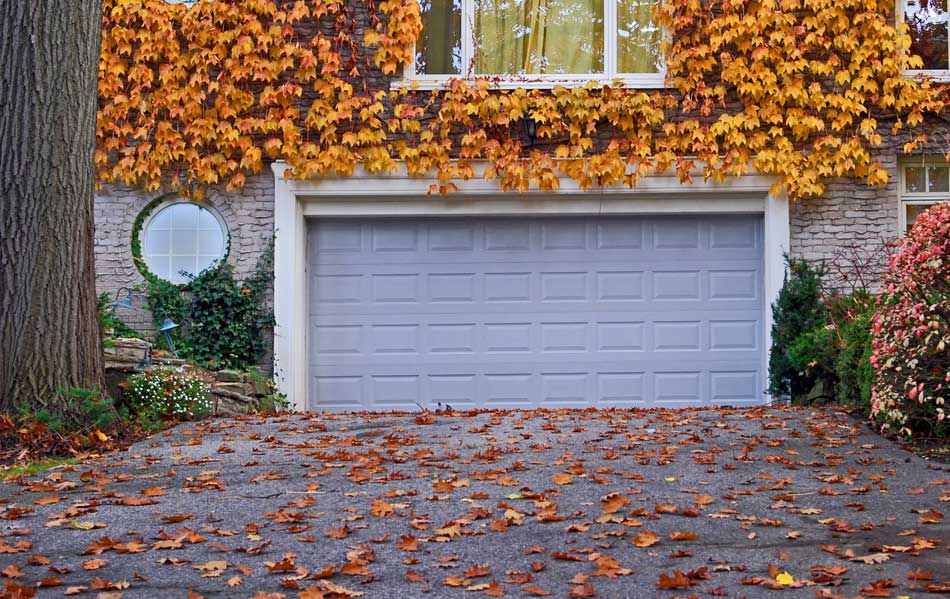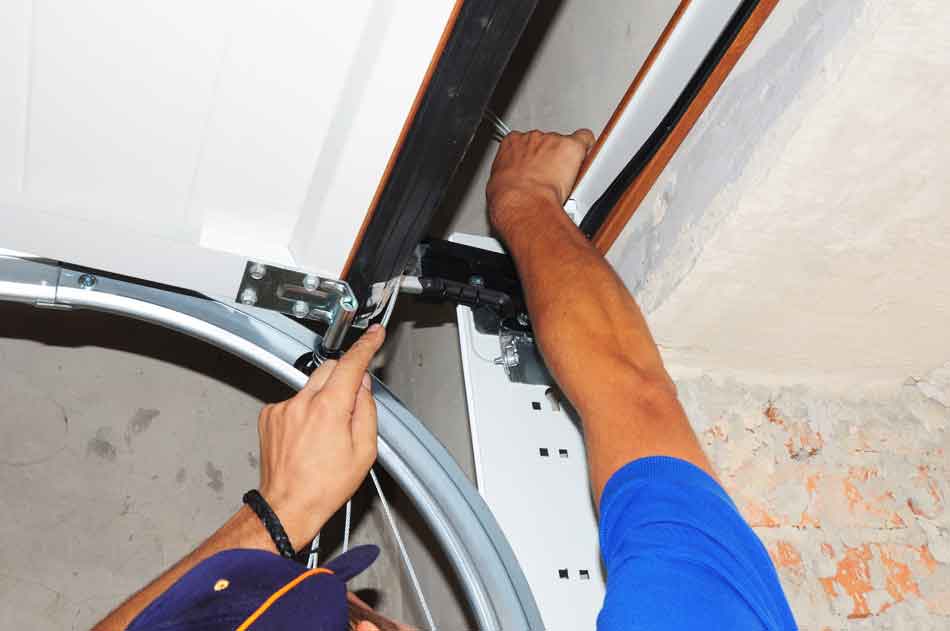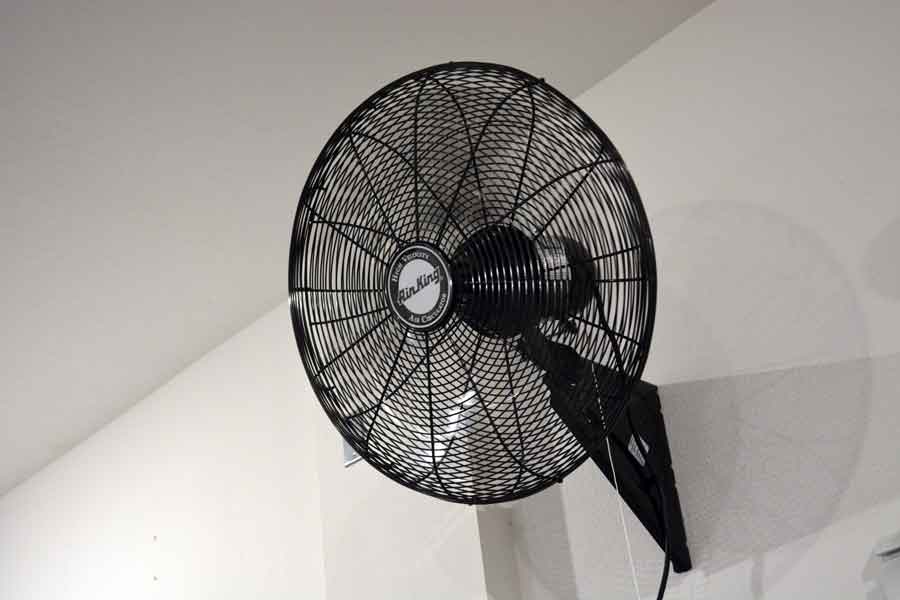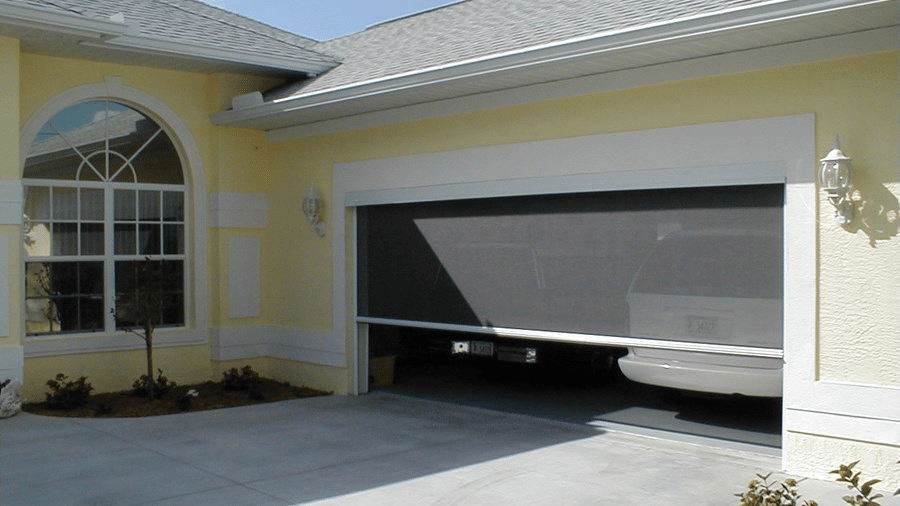There’s a beautiful Red Maple tree that sits about ten feet away from my house. No matter what time of year, I always have to sweep out the leaves that blow into my garage.
Obviously, it’s worse in the fall, but this is a year-round problem.
If you’re wondering how to keep leaves out of your garage, it only takes a few simple steps.
The best ways to stop leaves from blowing into garages are to replace my garage door seals, add a garage door leaf guard at the base of the door, and add a fan to help equalize the air pressure.
I’ll go into each in a little more detail below.
How to Stop Leaves From Blowing Into Garages
Here are a few ideas to stop leaves from blowing into garages when you leave the door open. That means less you’ll have to clean up later.
As with most problems in life, this one has a few different solutions.
Choosing the right solution can depend on cost, utility, and permanence. Other options are applied when building your house, reducing or eliminating blowing debris.

Garage Door Leaf Guard & Door Seals
These two will get you the biggest bang for your buck, and they’re both related, so I’ll talk about them together.
Let’s start with the seals on your garage door and threshold.
Worn out or missing seals is the most common reason leaves and debris blow inside your garage.

When high winds or blowing rain beats at the door, the seal will not prevent leaves, debris, or water from entering your garage.
Most professionals say that simply replacing the rubber seal at the bottom of the door is enough to help make your garage impervious to blowing debris.
But for some, like me, the problem happens in new homes where the garage door has been installed correctly, but the seal is insufficient to prevent the leaves and debris.
So, in most cases, the door seal may be fine, but sometimes it can need a little help.
Adding a garage door leaf guard, like these from Garadry, can make a huge difference.
Putting a rubber weatherstripping seal on the garage floor and properly fitting it to your door seal can help close the gap.
Some people say the drawback of the floor seal is that you will have to drive over it every time you leave and return home.
However, most garage threshold seals are sturdier and longer-lasting than you think.
Create Positive Air Pressure With Garage Fans
The whole reason leaves get into your garage is the wind blows them in.
Thank you, Captain Obvious. But here’s the part you might not already know.
The wind blows it into your garage because the air pressure inside it is less than outside.

You can see it whenever you open the garage door. The active air outside is immediately drawn into the garage, where the air is stagnant and still.
To keep leaves out of garages, you need positive air pressure inside.
Positive air pressure refers to making the air inside your garage more active to keep the wind out. Getting a garage fan at least 18″ in diameter and leaving it running near the front of your garage will help.
Circulating the air in the garage will stop leaves blowing in when the garage door is closed and will minimize, if not eliminate altogether, the ‘blowback’ when you open the door.
Obviously, this won’t keep leaves from blowing in if there’s a hurricane outside.
If you live in an area prone to more gusty winds, you may need a much larger fan to get the same effect. I use an Air King fan in my garage, which makes a huge difference!
There’s one big drawback of this solution: the cost of electricity.
There are no two ways about it. Adding fans in your garage will increase your electricity bill.
Eventually, you’ll get accustomed to using the garage fans only when needed, and those costs will decrease.
Pro tip: The placement of your fans is critical here. Floor fans can be blocked by your car and/or anything stored in your garage. If you can mount the fan on the wall, it’ll have a greater effect. It also helps keep the temperature under control as well.
Screens to Keep Leaves Out of Garages
There’s another idea, but it’s a little more extreme.
If either of these ideas isn’t enough, then your next best bet is to install a garage door screen.
Garage door screens are full-height screen doors that you mount outside your garage.
Some will roll up out of the way when not used, and others are permanently in place. Still, others will split down the middle so you can walk in and out freely.

One enterprising inventor designed an 8″ tall net that attaches to the garage door and drops into place as the door closes. This keeps the screen out of the way and gives complete protection without moving or setting up the net.
While most screens are reasonably inexpensive, the motorized ones can be costly. Non-motorized screens must be manually rolled down, which can be a hassle.
However, if you like to work in your garage – with your garage door open – this can be a great way to keep leaves out while you are working.
Keeping Leaves Out of Garages: Construction Tips
New homes can be built to incorporate these solutions right from the start. Contractors offer them as standard when building a house or installing replacement garage doors.
Forward-thinking architects and contractors have designed garage floors and garage doors to help prevent this pesky problem.
If you have new home plans drawn up by an architect, ask about the possibility of creating a 1″ higher threshold to the garage floor.
This makes the driveway 1″ lower than the garage floor but creates a sturdy barrier to wind-blown debris.
Wrapping It Up: Final Tips & Tricks
Any one of these solutions will help, and you can pick the one you like best. Each will block leaves and grass from coming in under your garage door, keeping your garage floor much cleaner.
Sometimes, you may have to augment these ideas with additional help for a complete solution.
As mentioned above, most garage doors could do with repairing the weather seal around the door’s frame.
- Install Teflon-coated sealing tape for the garage door frame’s vertical edges, giving the door a smooth surface to move over and plug those small cracks on the sides.
- Install Thicker foam rubber seals for the top edge of the door. It will only be engaged as the door presses against it at the end of the closing cycle. This can help keep dust from blowing up through that crack.
Garage doors will have a rubber edge along the top edge to seal and be flexible enough to give while the door opens and closes.
Some remodelers suggest putting foam rubber seals between the sections of a sectioned garage door to help reduce dust in your garage.
Finally, proper maintenance of any of these solutions is vital. Don’t let any seal wear down too much because that will allow more leaves to blow into your garage.

